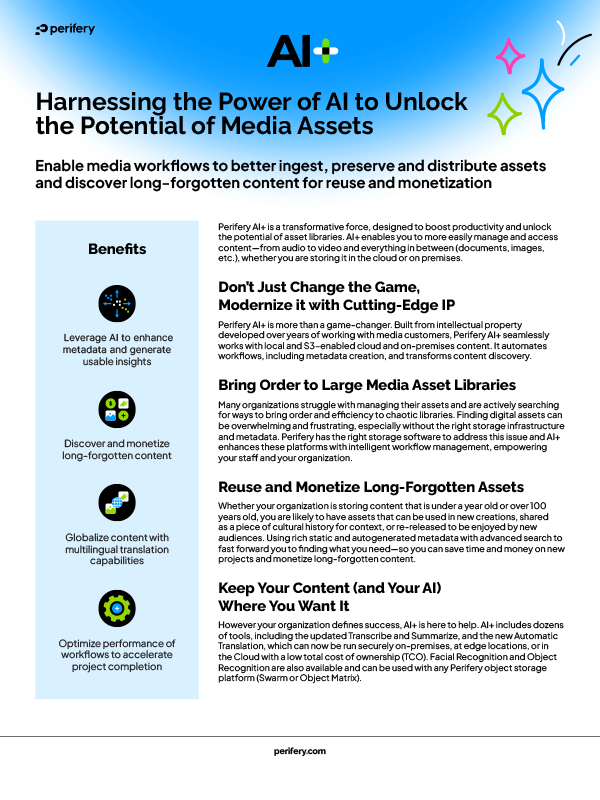
When I first started attending the NAB show (can’t believe it’s been twenty years!), I was coming just for the cameras and editing technology, but now I’m not just working the show but also keeping an eye out for what is changing the landscape of everything media and broadcasting. Some years are bigger than others for companies attempting to seriously disrupt the industry, other less so. I’d say this year was more on the “less so” side of that. But don’t get me wrong, the innovations were still there. In my opinion, this year was all about the quiet AI/ML integrations happening throughout the technology. In years past it was easy to make a huge splash mentioning AI, but now with the ever popular ChatGPT, the audience fully expects some level of AI integration.
With the above in mind, what really sparked my interest this year? … I learned a new term (at least for me it is), “Cognitive Asset Management.” Cognitive asset management is a type of asset management that uses artificial intelligence (AI) and machine learning (ML) technologies to automate and optimize the management of media assets. Media assets can include a wide range of digital content such as audio, video, images, and text.
This new type of augmented technology leverages AI and ML algorithms to analyze and classify media assets based on their content, context, and metadata. This allows media companies to more effectively search, organize, and distribute their content, as well as make more informed decisions about which assets to use.
One of the key benefits of cognitive asset management is its ability to automate repetitive and time-consuming tasks that are traditionally performed manually by human operators. For example, instead of manually tagging and categorizing each piece of media, cognitive asset management can use AI to automatically generate tags and categorize assets based on their content and context.
Another benefit of cognitive asset management is its ability to provide more accurate and granular metadata about media assets. By analyzing the content of media assets, cognitive asset management can generate metadata that goes beyond simple descriptions and includes more detailed information about the content and context of each asset. This can help media companies better understand the value and potential of their assets and make more informed decisions about how to use them.
Overall, cognitive asset management has the potential to significantly improve the efficiency and effectiveness of media asset management. By automating repetitive tasks, providing more accurate metadata, and enabling more effective content search and distribution, cognitive asset management can help media companies better manage their content and make the most of their media assets.
So… with the combination of AI/ML into the front end of media workflows the question becomes, what happens to asset management systems? It’s all about efficiently automating metadata creation on the edge or where the media is originating and embedding the data/objects as they move their way through the pipeline down to the creatives/editors so they can more efficiently and quickly make decisions and edits.
I look forward to the coming future where our asset managers are not only automated for all the metadata creation on ingest, but also start to suggest and assemble rough cut selections… a whole different level of “read ahead cache.”
